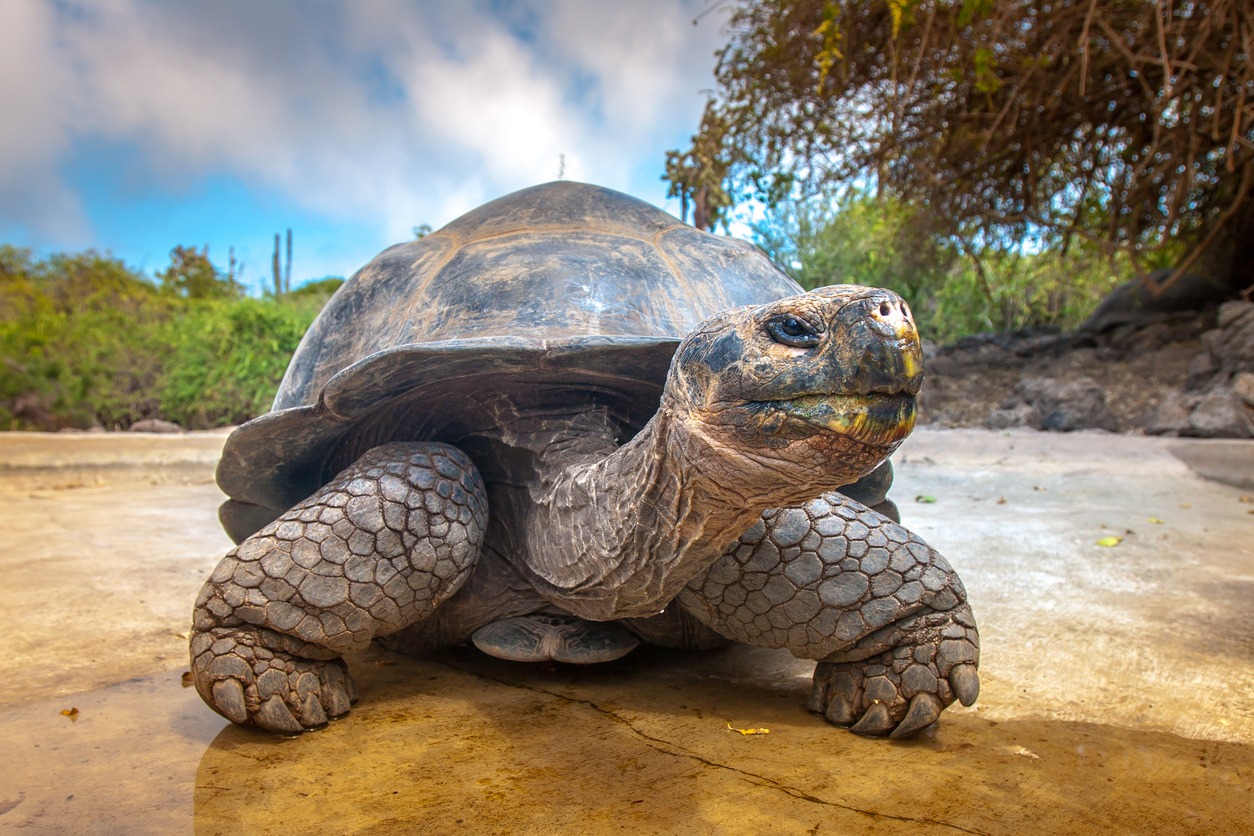Rewilding projects are taking the world by storm and will likely improve your community and country. These initiatives aim to restore nature and biodiversity, returning them to their former strength. We need rewilding efforts to realign ecosystems and heal the planet from climate change. Several nations are leading the charge, and these impactful collaborations will inspire many to come.
The Knepp Estate in West Sussex, England
The Knepp Estate consists of 3,500 acres. It used to be farming and ranch land, but harsh practices sapped the region dry of wildlife. Some time has passed, and nature reclaimed the area. Experts are achieving this by reintroducing species, like barbastelle bats and water violets, alongside other efforts, like river restoration and establishing a wood-pasture landscape.
Gray Wolves at Yellowstone National Park in the U.S.
In Yellowstone National Park, gray wolves hunted local elk populations. The wolves were wiped out over a century ago, giving elk more space to populate and graze the region. The elk overpopulated, damaged the native willow and even altered the river’s patterns. After reintroducing the wolves, the ecosystem is rebalancing, with the wolves hunting appropriately, while serving as food distributors for scavengers.
Water Buffalo in the Danube Delta
In 2019, a German wildlife activist brought six female water buffalo from the Tisza River valley to the Danube Delta. This region once contained dense herds that ate through thick reeds and invasive species. The efforts seek to restore the environment to normal vegetation levels while boosting the land’s ability to store atmospheric carbon.
The Danube Delta area is Europe’s largest wetland, and these habitats are often overlooked for advocacy despite their pivotal role in protecting society’s water resources.
Wallis Annenberg Crossing in California
Boasting a 174-foot width and 210-foot length, this wildlife crossing will stretch over the famous U.S. Highway 101. It is one of many animal bridge projects that help conserve species while expanding their territories. This idea expands upon rewilding’s foundations because it adds more area for animals to flourish and find mates. It allows local populations to expand their horizons and improve genetic diversity.
Rewilding the Greater Côa Valley in Portugal
The Greater Côa Valley contains extensive land diversity, from gorges to forests. Many native animals abandoned the area and are starting to make their comeback, especially herbivores, like red deer and wild boar. Natural disasters, like fires, have pushed animals away, removing their grazing zones. Now, experts are leveraging nature-based tourism and fire brigades to preserve and spread awareness of the area.
Giant Tortoises in the Galápagos Islands
Over 10,000 new juvenile turtles have been successfully rewilded in the Galápagos Islands, making the Conservancy’s project one of the most prominent in history. The organization accomplished this feat in 60 years. They are crucial for making the park what it is by grazing and spreading seeds.
However, the tortoises are still only at 10% of their expected numbers and cover 35% of their previous habitats. The project will continue for many decades, but the strides provide optimism for other long-term rewilding groups. It has also transformed the region into an eco-tourism destination, funding future work.
Embracing Rewilding Worldwide
We should embrace rewilding principles in our own ways beyond these projects. It is ideal to coexist with nature instead of driving it away. The best way to become a better environmental steward is to stay aware of advocacy and find opportunities to integrate it into your community. While these organizations are rewilding at a massive scale, we can all find ways to bring a little nature back to our hometowns.
Source link
Ellie Gabel biofriendlyplanet.com


